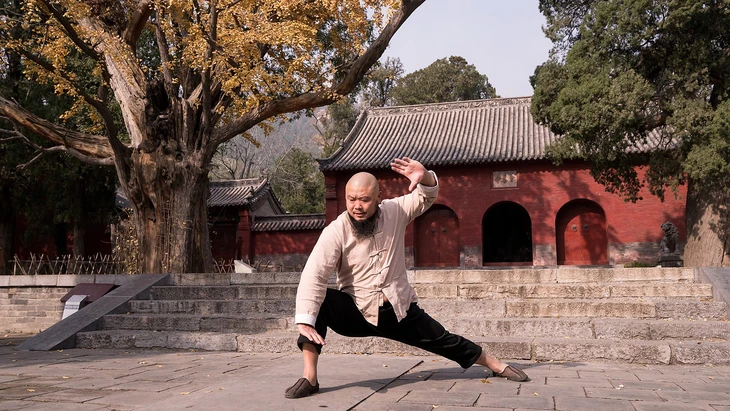
Shaolin Temple has long been no longer highly regarded in the contemporary martial arts community - Photo: XN
Shaolin Temple is becoming more and more like an amusement park.
With his great writing, Kim Dung created a classic character - "Nameless monk", the temple-sweeping monk who looks after the Shaolin Temple's Scripture Library.
This old monk became the representative of the quintessence of Buddhism in general and the thousand-year-old temple in particular. With his wisdom, knowledge and extraordinary martial arts, he resolved all the disputes that followed throughout the series, and restored the dignity of Shaolin Temple.
Stories are stories, but real life is still real life. In real life, the scandal Shaolin Temple is currently going through is much bigger than Kim Dung's imagination.
Not only the scandal of abbot Thich Vinh Tin, the reputation of Shaolin Temple - in the martial arts field alone - has been on the decline for many years.
Considered a representative of Chinese martial arts for thousands of years, Shaolin Temple under the management of Shi Yongxin (real name Liu Yingcheng) focused on commercial activities, and was criticized by the martial arts community for "popularizing" martial arts practice.
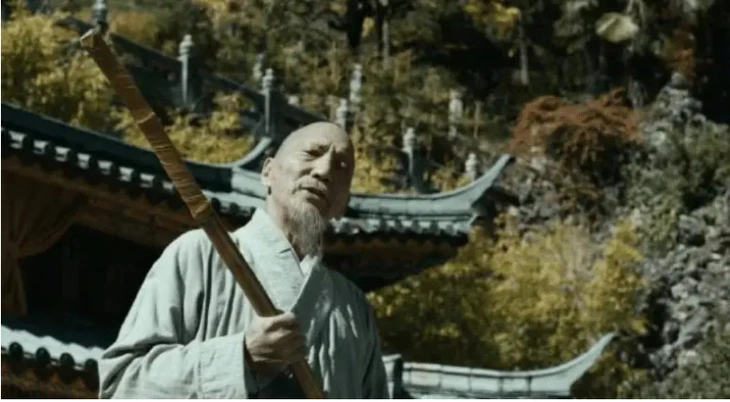
Nameless monk in the movie Demi-Gods and Semi-Devils - Photo: CN
Master Shi Yan Ming (Thich Dien Minh) - 34th generation Shaolin monk, currently living and teaching martial arts in the US - could not hide his disappointment when talking about his sect.
Responding to Time magazine in 2023, monk Thich Dien Minh frankly commented: "Today, Shaolin Temple is more like an amusement park than a sacred sanctuary."
Anyone today can buy a ticket to Shaolin Temple, witnessing kung fu monks perform daily, for about 80 yuan (about 12 USD). There are many statistics showing that Shaolin Temple earns 40-50 million USD each year from ticket sales and hundreds of millions of USD from other commercial activities.
According to monk Thich Dien Minh, the problem is not in the way Shaolin Temple does business, but in the way they reduce the elements of meditation and Buddhism in the martial arts training process.
“Not only do you learn martial arts, you also have to shave your head, be a vegetarian according to Buddhist rituals, wear monk robes, practice morality, and study Buddhist scriptures. That is the premise of Shaolin martial arts,” said monk Thich Dien Minh.
According to him, Shaolin Temple under Thich Vinh Tin was too lenient in training and teaching martial arts to the public, in order to attract as many students as possible.
That leniency is even present in Shaolin Temple, shown through the "running" of performances. It is known that each show of Shaolin monks costs about 3,000 - 5,000 USD, and each year they accept no less than 1,000 shows.
"These acrobatics are beautiful, but they are not martial arts and have absolutely no practical application," criticized monk Thich Dien Minh.
Focus on performance
Over-commercialization is one of the issues addressed in the article “The Death of Shaolin” by author Shannon Roxborough, who has spent decades studying Chinese martial arts.
The author argues that Shaolin has transformed dramatically since the 1990s - when Chinese and international media began to pay attention, becoming a stage for kungfu performances.

Shaolin Temple today welcomes thousands of tourists every day - Photo: XN
“What tourists see are acrobatics, triple-spin kicks, but it’s all choreographed. Very few people here actually learn how to fight,” the article said.
The article also cited many examples showing that martial artists from Shaolin failed quickly when competing in real combat (MMA or sanda), showing the big gap between performance kungfu and combat martial arts.
“Shaolin no longer teaches people to fight. It teaches people to be actors,” Roxborough writes.
One of the most famous fighters from Shaolin is Yi Long, with a record of 62 wins, 13 losses, and 1 draw in 76 fights. However, Yi Long mostly won matches in small tournaments. Every time he entered the international professional arena, he lost repeatedly.
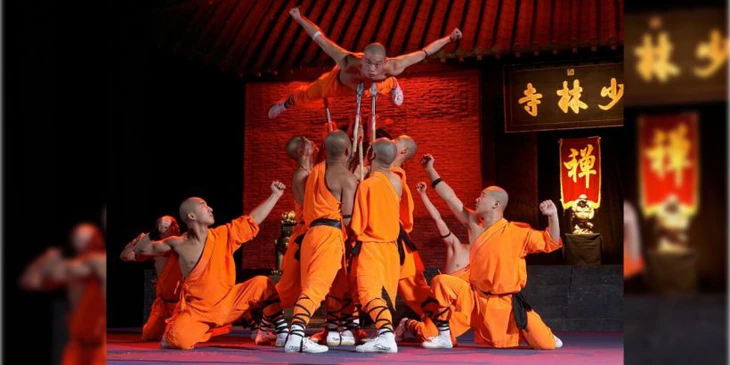
Shaolin Temple shows - Photo: PT
In fact, today's martial arts community no longer recognizes traditional schools based on professional martial arts achievements.
Shaolin Temple, Wudang, Emei, Wing Chun... are still admired for their "martial arts". Many Westerners still like to learn and study these traditional martial arts schools because of their cultural and spiritual values.
But after the scandal of abbot Thich Vinh Tin, Chinese martial arts fans could not help but pause and take a deeper look at the thousand-year-old symbol of martial arts.
When the quiet, rustic look is gone, replaced by a thick commercial atmosphere, where can Shaolin Temple find an "Unknown monk"?
Source: https://tuoitre.vn/tim-dau-vo-danh-than-tang-giai-cuu-thieu-lam-tu-20250728203021928.htm


![[Photo] President Luong Cuong receives US Secretary of War Pete Hegseth](https://vphoto.vietnam.vn/thumb/1200x675/vietnam/resource/IMAGE/2025/11/02/1762089839868_ndo_br_1-jpg.webp)


![[Photo] Lam Dong: Images of damage after a suspected lake burst in Tuy Phong](https://vphoto.vietnam.vn/thumb/1200x675/vietnam/resource/IMAGE/2025/11/02/1762078736805_8e7f5424f473782d2162-5118-jpg.webp)


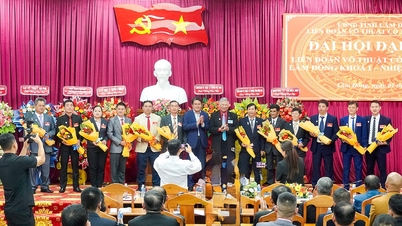

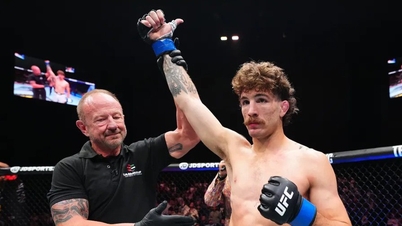
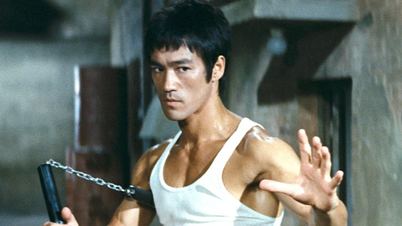


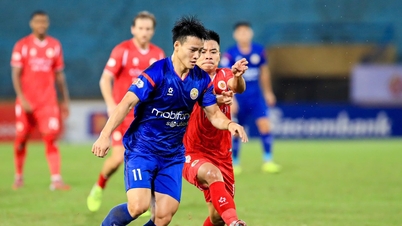

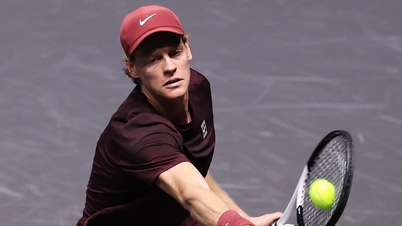







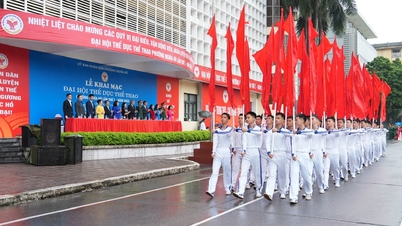








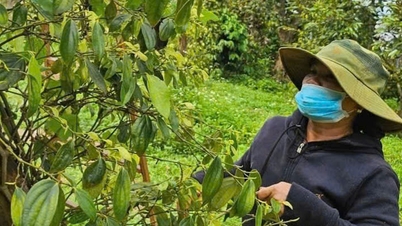
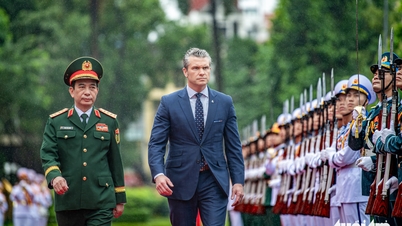

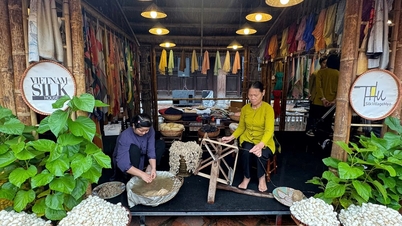
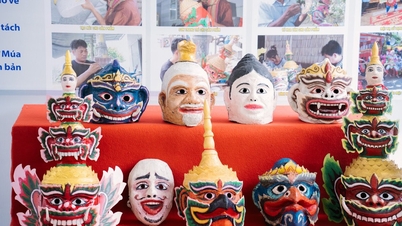
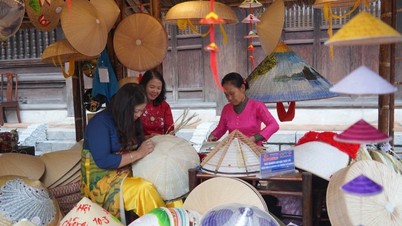





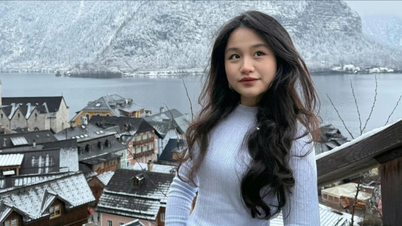

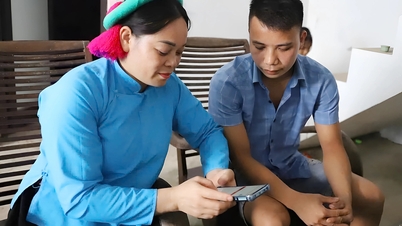
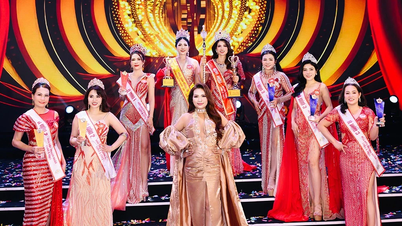




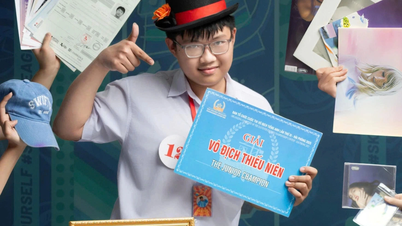
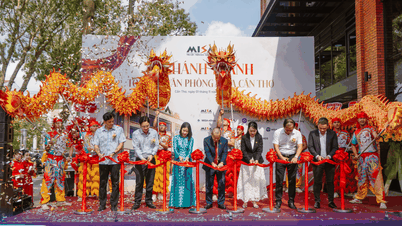

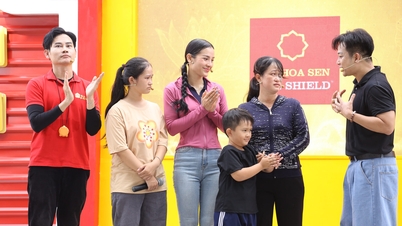


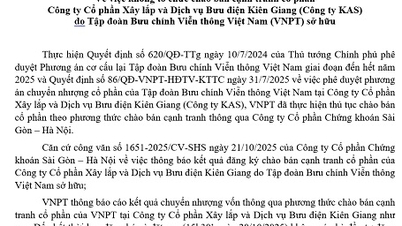


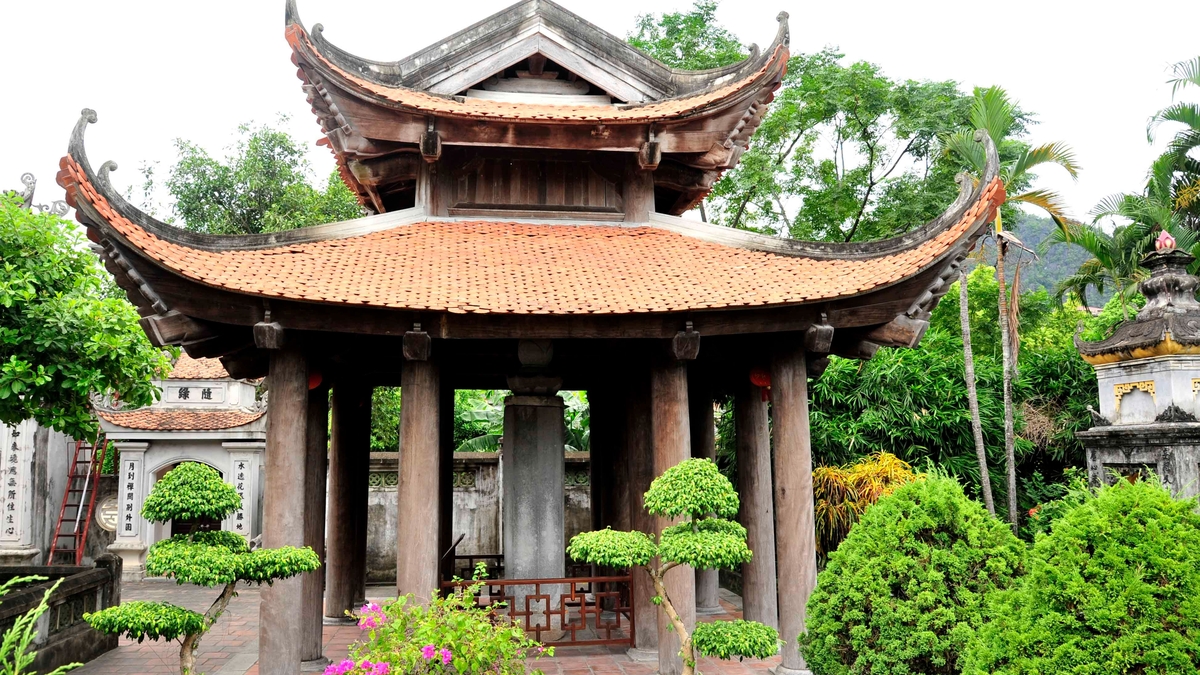



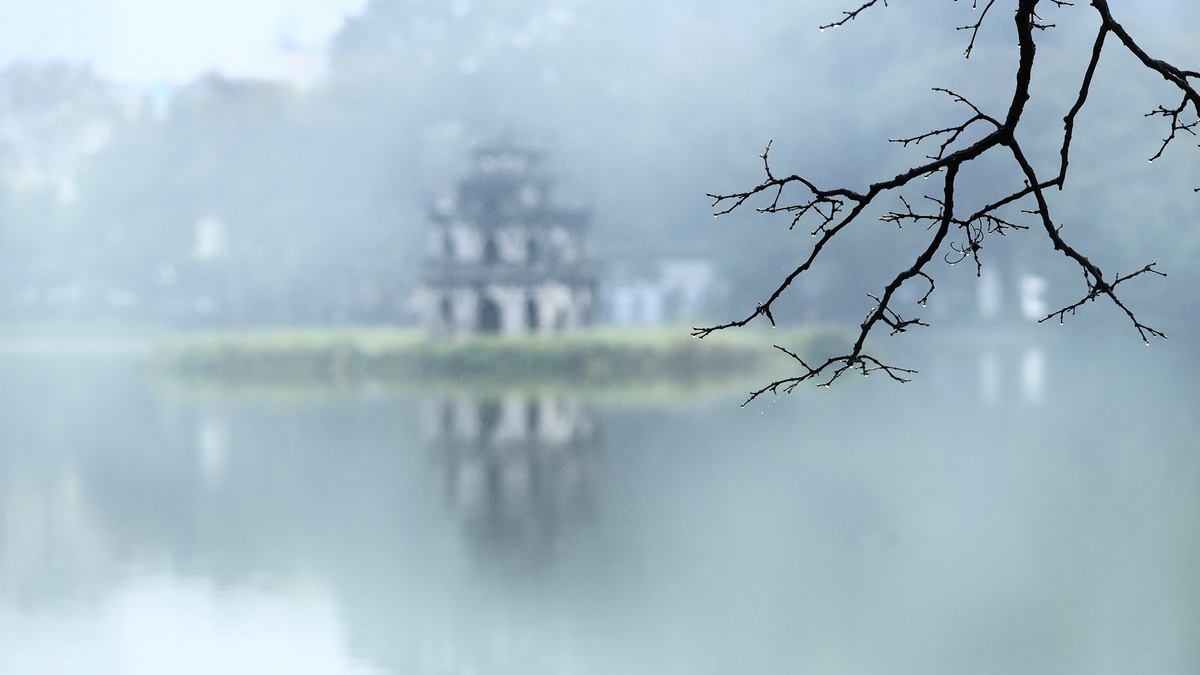
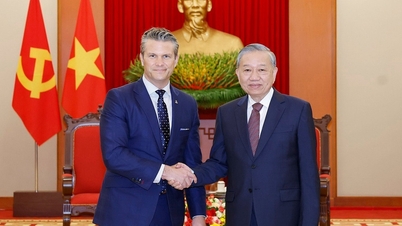



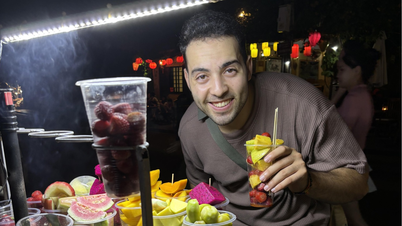
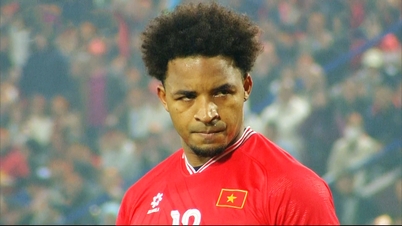



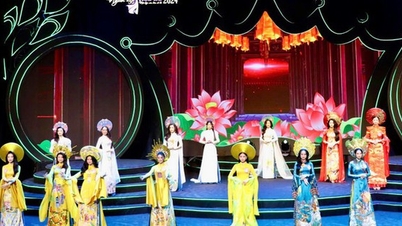

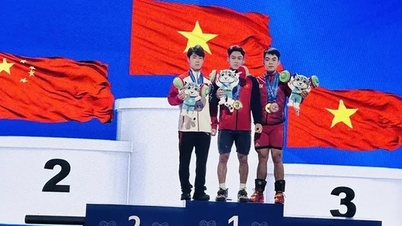


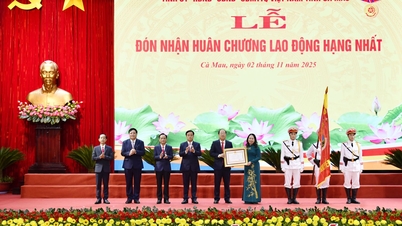
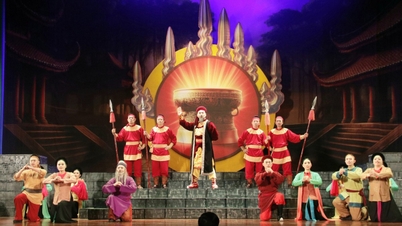







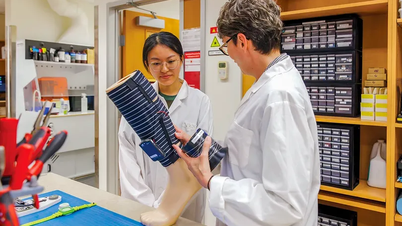


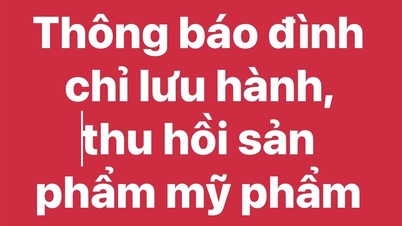



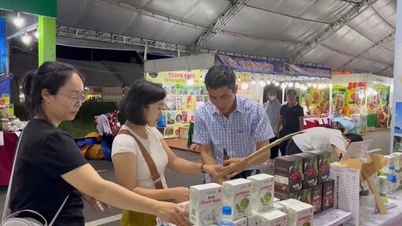

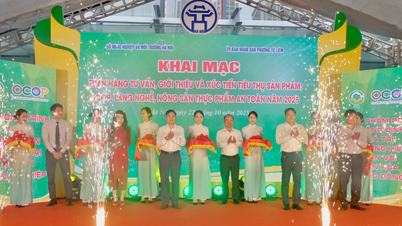





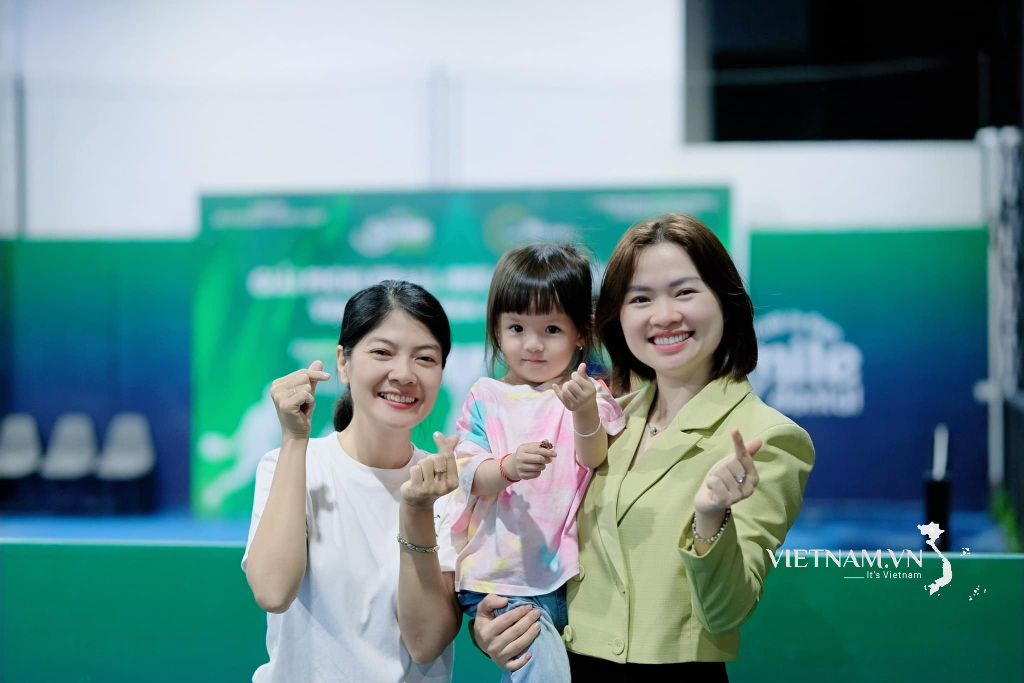

Comment (0)